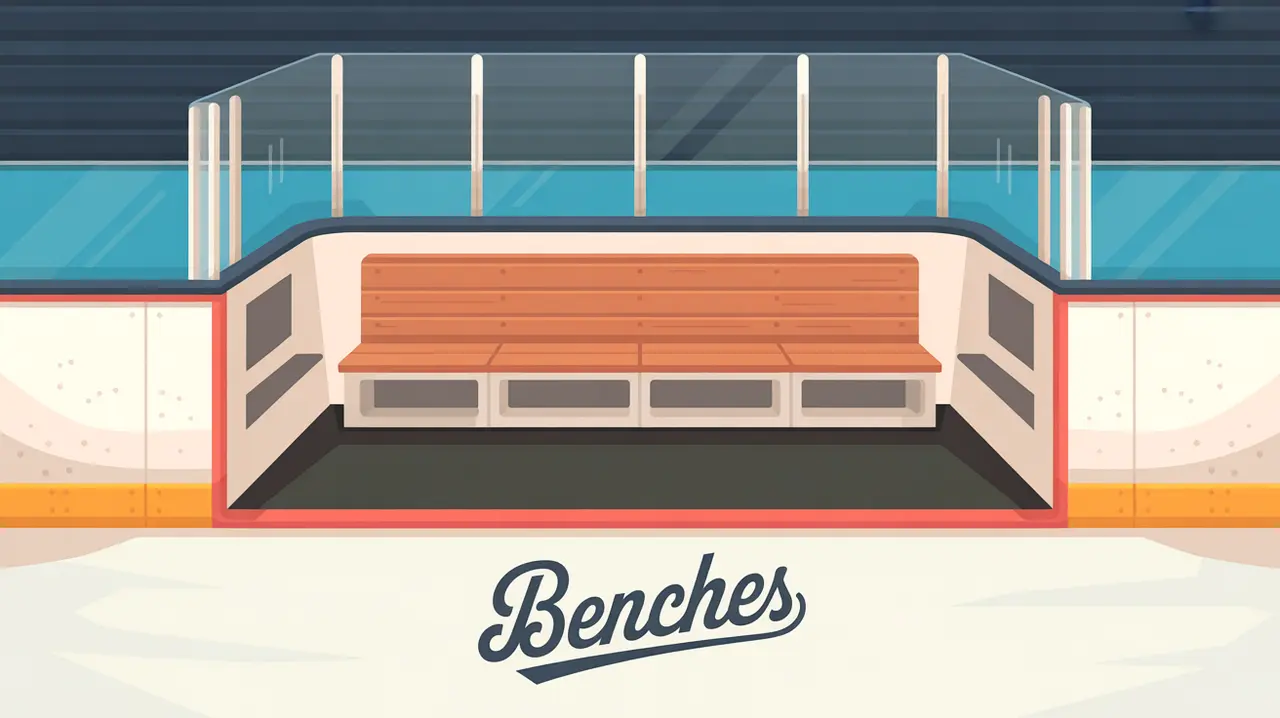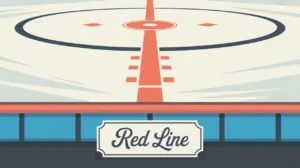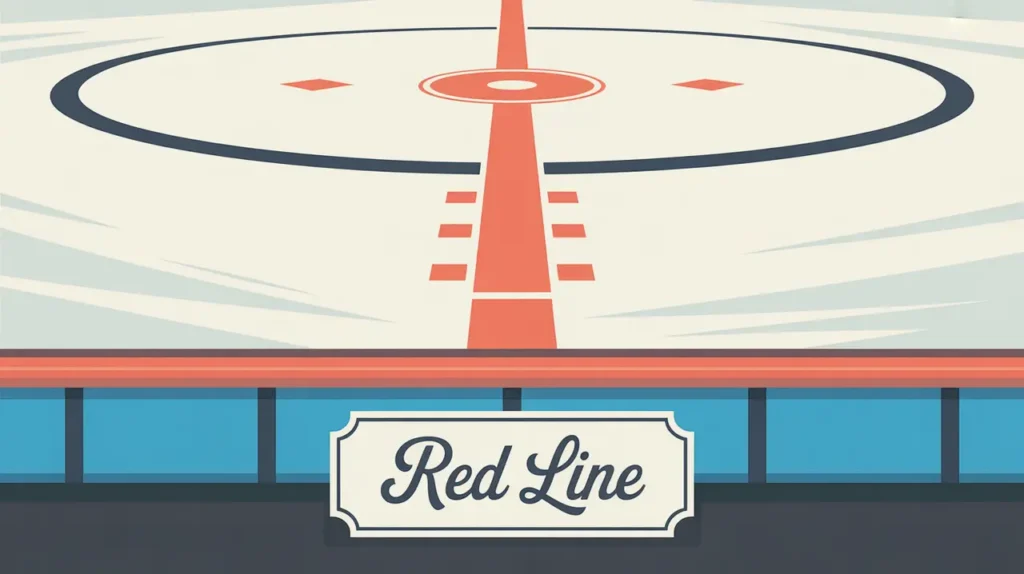Jim’s Intro to the Benches
Hi folks, Jim here, the only commentator who couldn’t figure out why there was never a judge in sight whenever I approached the bench in an ice rink.
What are the benches?
The benches are the designated areas along one side of the rink where players and coaches sit during the game. Each team’s bench runs parallel to the boards, just outside the playing surface, with doors that allow players to hop on and off the ice quickly. They’re strategically positioned near the neutral zone so players can change efficiently and stay involved in the play. The penalty boxes sit opposite the benches, keeping the action clear and organized.
How do they work?
The benches are the team’s command center and launching pad.
- Line Changes: Players switch on and off the ice through the bench doors, ideally during smart moments in the play to avoid too many men penalties.
- Coaching Hub: Coaches stand behind the players, calling line changes, making adjustments, and relaying strategy.
- Communication Center: Players regroup here between shifts, share quick reads, and catch their breath.
- In-Game Adjustments: Equipment tweaks, tactical discussions, and matchups all happen in this space.
- Proximity to the Red Line: The bench location allows teams to make quick changes even during live play, especially during breakouts or transitions through center ice.
The benches are less about comfort and more about efficiency and control.
How do you make good decisions with them?
Bench decisions hinge on timing, awareness, and discipline.
- Change Smart: Players should only change when their replacement can safely enter without leaving gaps or causing too many men penalties.
- Listen to Coaches: Quick, clean line changes come from clear communication between players and bench staff.
- Stay Alert: Players on the bench must track the flow of play constantly, ready to jump over the boards the moment their line is called.
- Door vs. Boards: Depending on the situation, players either use the doors (for defensemen and special teams) or hop over the boards for faster changes.
- Know Your Bench Side: Home and away benches can differ in relation to the offensive zone in each period. Smart teams use this to their advantage for matchups.
How do you master them?
Mastering bench play is about precision and instinct. Veteran teams make changes that look effortless. Players come off just as their replacements hit the ice, keeping pressure constant. Players learn their coach’s signals, change at the right moments, and avoid lazy hops that create defensive breakdowns.
What does it look like when done right?
The bench hums like a well-oiled machine. Changes happen seamlessly, with no confusion or hesitation. Coaches and players communicate clearly, and the team maintains tempo without giving up odd-man rushes. Nobody’s scrambling to find the door, and nobody’s caught mid-change on a turnover.
Commentator’s Corner
Jim’s Take
I’ve seen entire momentum swings because a tired winger took three extra seconds to change. The bench isn’t a waiting room. It’s a launch pad.
Parent Tip
Help young players understand the importance of changing on the fly. Teaching good habits early avoids chaos later.
Player Tip
Keep your head up on the bench. Know your line, know your spot, and be ready to go. Good bench habits can earn trust fast.
A Final Thought
The benches might sit quietly on the sidelines, but they control the rhythm of the game. Smart teams treat them like a tactical tool, using timing and communication to keep pressure high and mistakes low.









